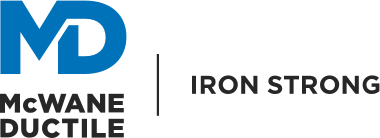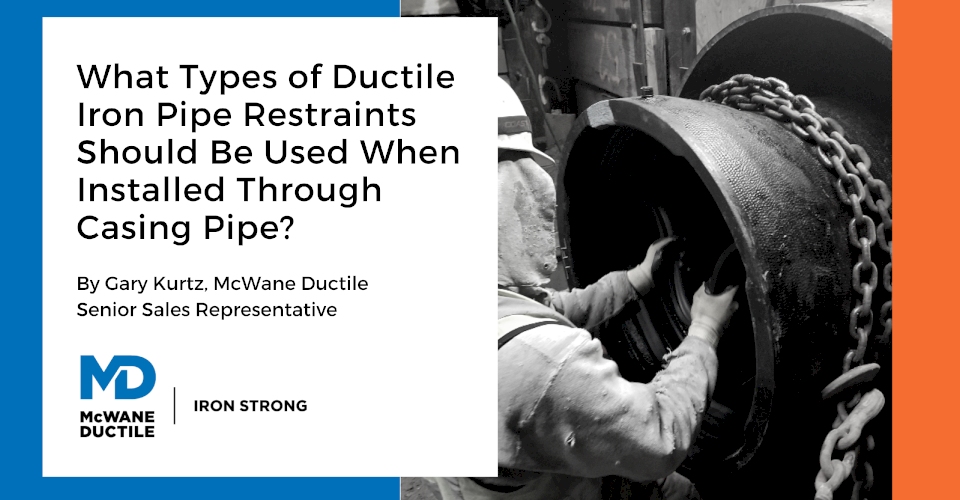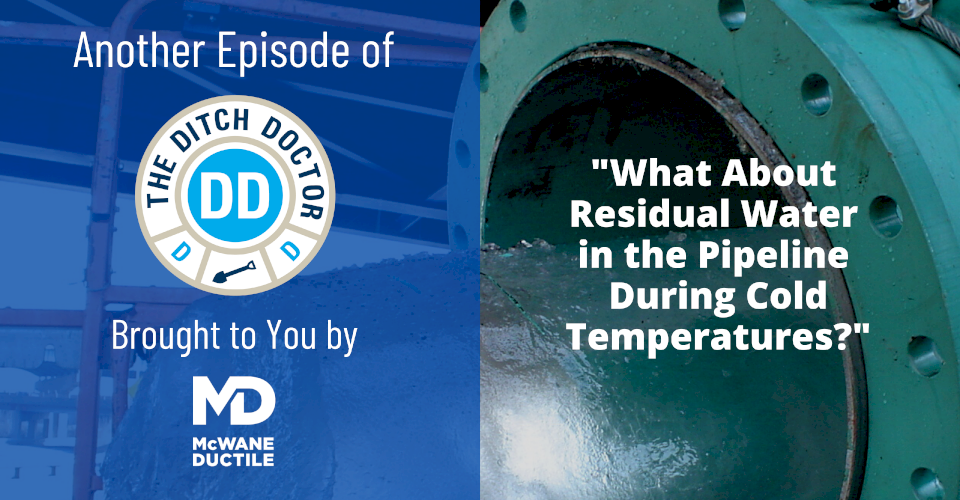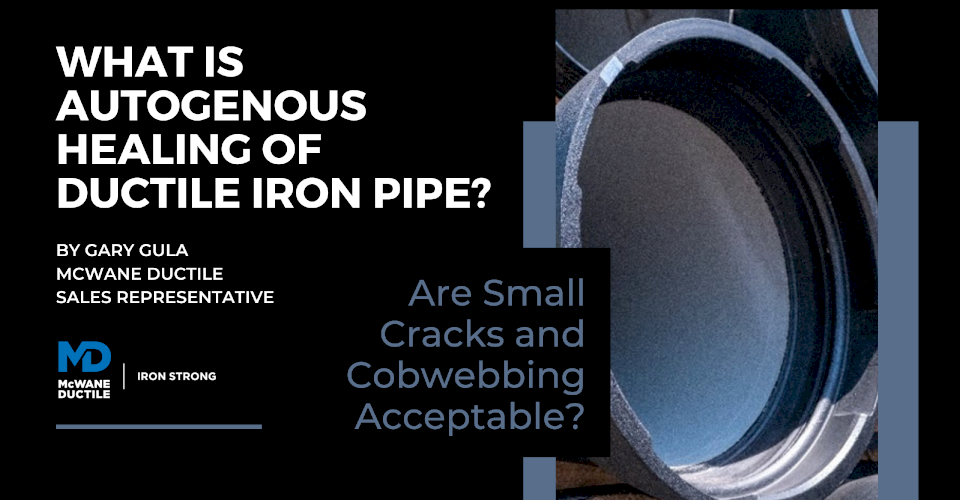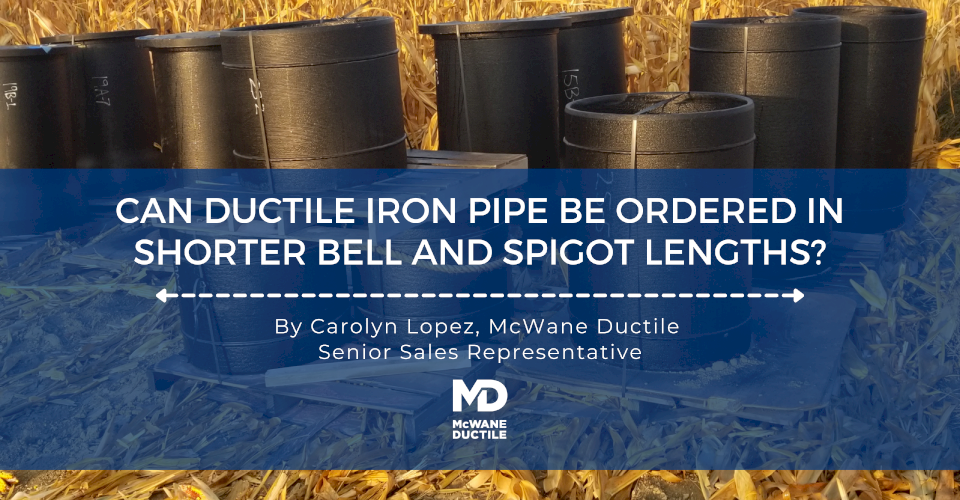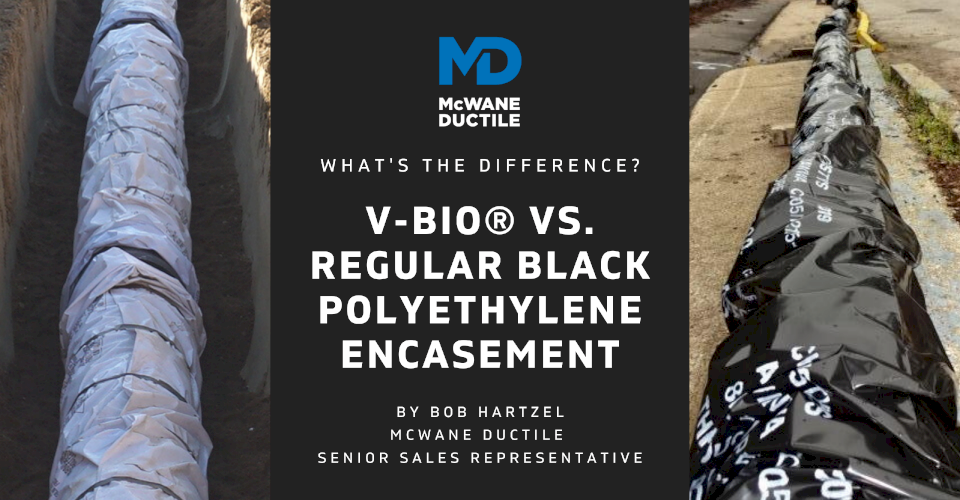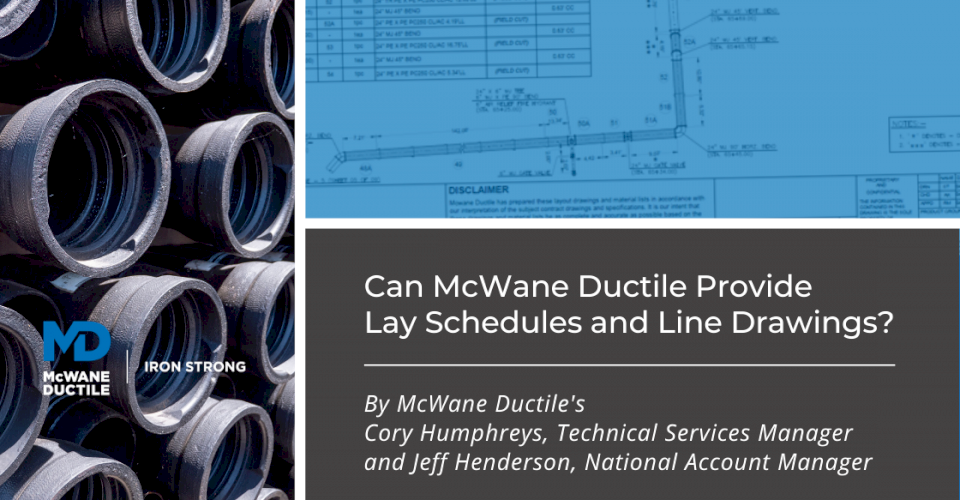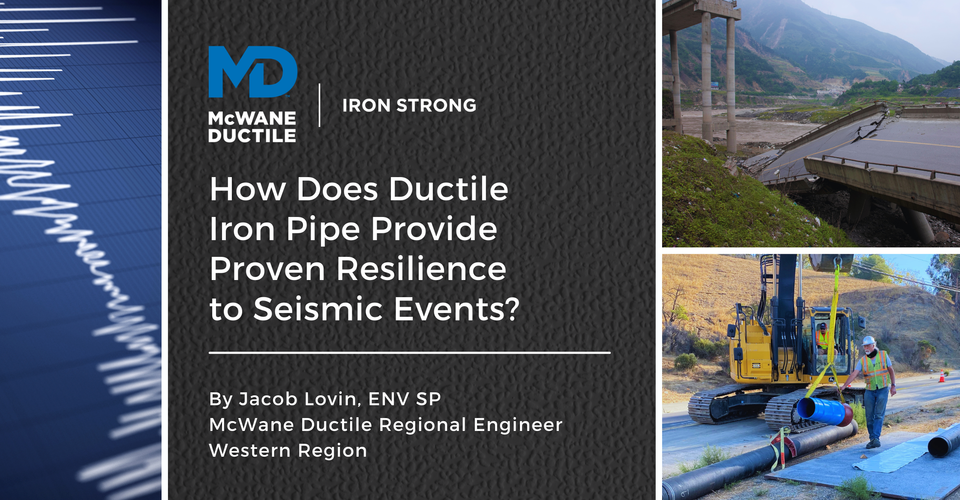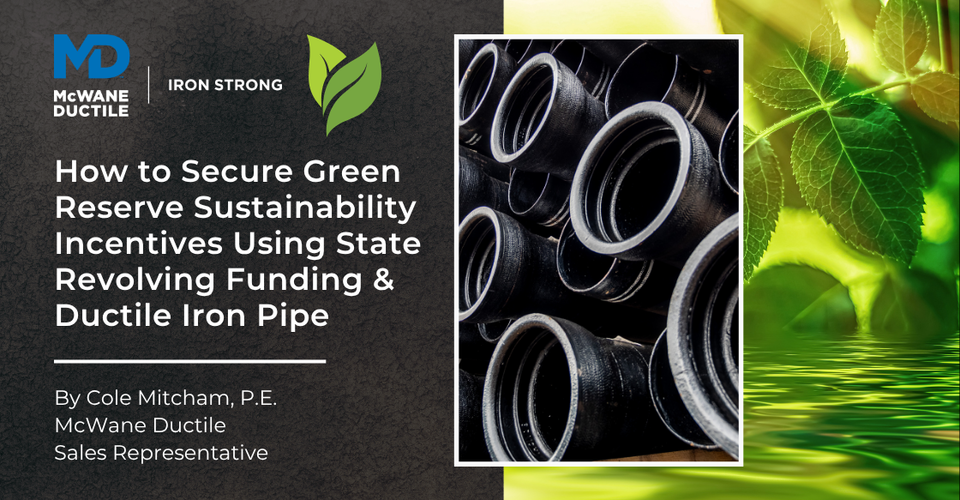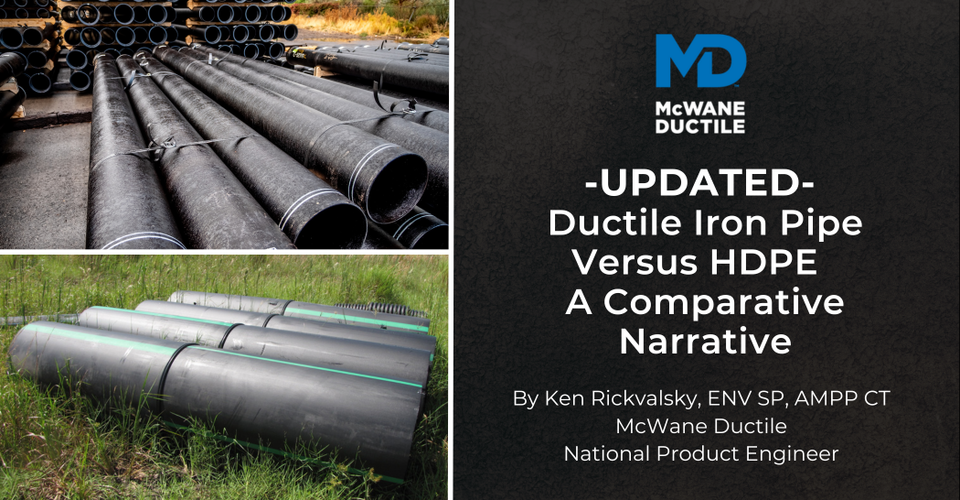-
What Types of Ductile Iron Pipe Restraints Should Be Used When Installed Through Casing Pipe?
03/12/2021 In Installation Products TechnicalAs a companion piece to the Iron Strong Blog entry, What Type of Ductile Iron Pipe Joint Is Right for You? by Scott Rhorick, this article takes a deeper dive into the specifics of installing restrained joint Ductile iron pipe (DI pipe) through a steel casing pipe. While many options are available industry-wide, this article concentrates on using TR Flex® or Sure Stop Gaskets in cased installations.
-
What Type of Ductile Iron Pipe Joint Is Right for You?
03/08/2021 In Installation Products TechnicalThere are a variety of Ductile iron pipe (DI pipe) joints on the market. These different types of joint designs can now allow for additional benefits for various applications. Joining pipe together is just as important as the pipe itself. It sounds like a simple procedure, but the environment in which the pipe is assembled is critical.
-
How to CAD Weld on Ductile Iron Pipe
02/18/2021 In Installation TechnicalThermite welding, often referred to as CAD welding, on Ductile iron pipe (DI pipe) and products is a common practice in our industry today. This welding technique of using heat from an exothermic reaction to produce coalescence between two metals is most often used to bond the Ductile iron joints for cathodic protection or for the opportunity to add a cathodic protection system at a later date. In this Iron Strong Blog, we will discuss when, why, and how to properly CAD weld on DI pipe.
-
Ask the Ditch Doctor - What About Residual Water in Cold Temps?
02/12/2021 In Installation TechnicalDear Ditch Doctor
We recently installed a 15,000-ft 12-inch diameter Ductile iron pipeline with several 6-inch branches off two hydrants. The average depth of cover is 4 feet. The city engineer has expressed a concern that residual groundwater might have entered the pipeline during our installation activities.
-
What is Autogenous Healing of Ductile Iron Pipe? Are Small Cracks and Cobwebbing Acceptable?
02/05/2021 In Products TechnicalSeeing cobwebbing or small cracks in the cement lining of Ductile iron pipe (DI pipe) may raise concern for some and over the years, I’ve had some folks ask me, “Is this acceptable?” And my response is, “Yes, it is, at least to some degree.” Within this Iron Strong Blog, we will discuss Autogenous Healing (au-tog-e-nous), which is defined as the natural process of crack repair that takes place when cement linings come in contact with water.
-
Can Ductile Iron Pipe Be Ordered in Shorter Bell and Spigot Lengths?
01/29/2021 In Installation Products TechnicalHave you ever wondered or asked if it is possible to order shorter lengths of bell and spigot Ductile iron pipe (DI pipe) for your waterworks project or sections within it? The answer is YES; we can help you with those shorter lengths of DI pipe for your project.
-
How Does Proper Bedding Allow a Pipe to “Sleep Well?"
01/22/2021 In Installation TechnicalDid you know the mattress industry is one of the oldest continuous industries in the world? The first mattresses were believed to have been manufactured in 37 BC in Persia. Today, more than 35 million mattresses are shipped world-wide to replace those that have been in service for an average of seven years. So, what does this have to do with Ductile iron pipe (DI pipe), you ask? This article will discuss how setting improper bedding in a pipe trench can cause sleepless nights for the water company and its crews due to pipe failures, seemingly always at night — as it is my experience that most large main breaks typically occur after dark!
-
Does McWane Ductile Manufacture TR Flex® Pipe Differently than U.S. Pipe?
01/08/2021 In ProductsOver the last several months, I have encountered a few municipalities that have asked the question, does McWane Ductile manufacture TR Flex Restrained Joint Pipe differently than U.S. Pipe?
-
V-Bio® Vs. Regular Black Polyethylene Encasement – What’s The Difference?
12/30/2020 In Installation TechnicalPolyethylene Encasement (Polywrap) was first used in 1958 and has successfully protected millions of feet of both cast and Ductile iron pipe (DI pipe). It has been the most popular method of corrosion control for DI pipe throughout the years. Today, it is the most widely used method of protecting DI pipe in corrosive environments.
-
Can McWane Ductile Provide Lay Schedules and Line Drawings?
12/22/2020 In Our Company Services TechnicalWhether you are assembling a toy, playing a game, or installing a waterline…where do you go when you're unsure what to do next?
Read the instructions!
Latest Posts
- Can Joining Water Works Industry Organizations Help You Grow Professionally? 10/21/2025 In Careers WaterWorks
- How Does Ductile Iron Pipe Provide Proven Resilience to Seismic Events? 09/04/2025 In Products Resiliency Technical
- How to Secure Green Reserve Sustainability Incentives Using State Revolving Funding & Ductile Iron Pipe 07/29/2025 In Energy Products Technical
- UPDATED - Ductile Iron Pipe Versus HDPE - A Comparative Narrative 05/29/2025 In Comparisons Products Technical
